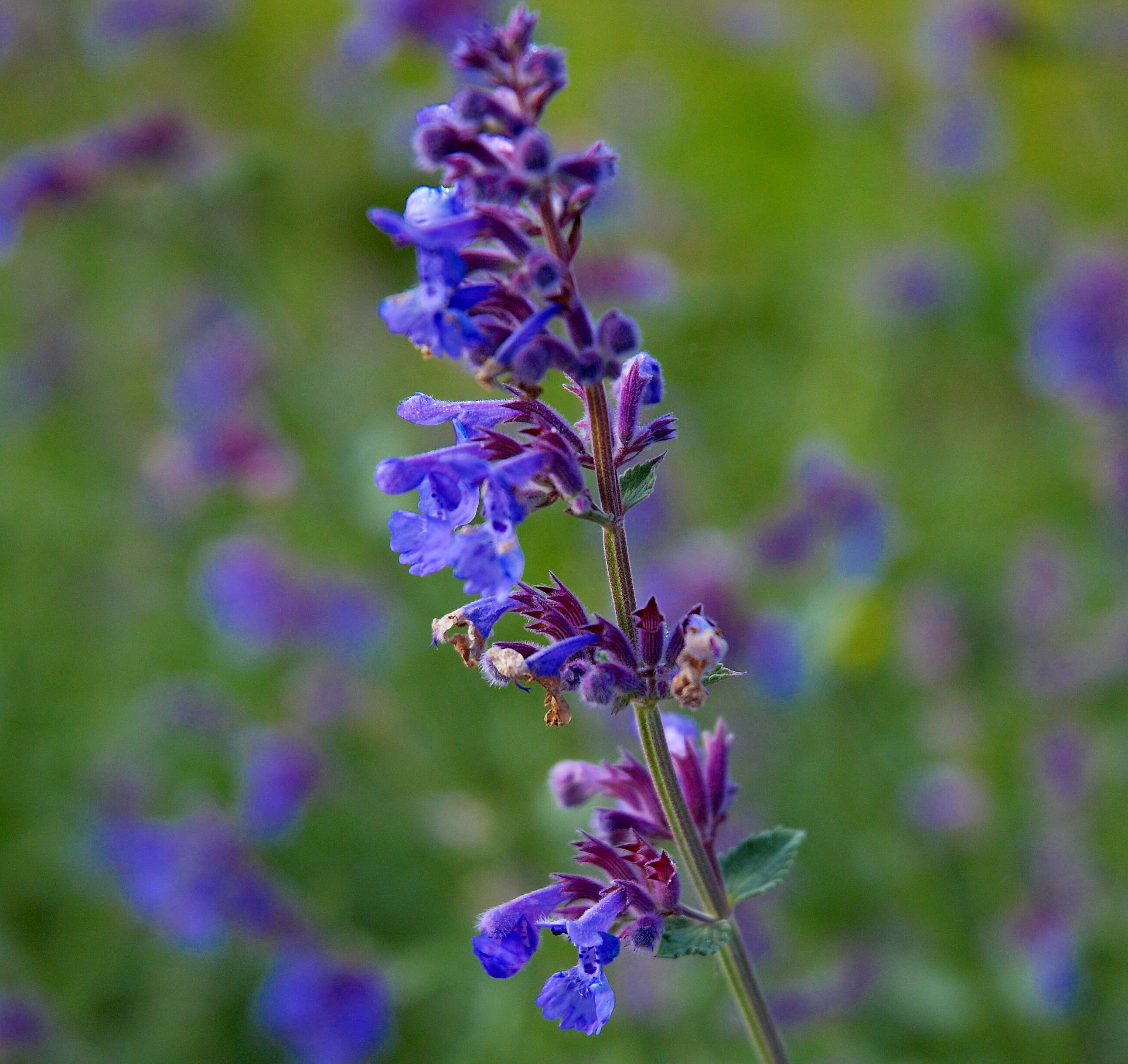

However, there are significant challenges when growing catnip as a crop and its weedy potential might be too much for gardeners.ĭuppong, L. Catmints can be an attractive addition to a wide array of landscapes while providing impressive pollinator resources.Ĭatnip might be more suitable to grow commercially as there is more research for growing it on a larger scale. While my cat may disagree with me, catmint ticks a lot of boxes compared to catnip. In fact, Faasen’s catmint is such a powerful pollinator ally that it is one of the few non-native plants that made the UMN Bee Squad’s list of recommended flowers, attracting both native bees and honeybees. After its flowers are spent, trimming the blooms back often encourages another flush. ‘Walker’s Low’ is perhaps the most well-known, and is the variety I suspect was growing in our family’s garden.įaasen’s catmint enjoys a long bloom time, benefiting pollinators. Due to its popularity, there are several varieties available of Faasen’s catmint.

Since Faasen’s catmint is sterile, there is little risk of weedy spread via seeds (unlike catnip). This catmint has several advantages over catnip and is usually a better choice for landscapes. One of the most popular varieties of catmint, Faasen’s catmint ( Nepeta x faassenii) is actually a sterile hybrid of two species-the eastern catmint ( Nepeta racemosa) and the lesser catmint ( Nepeta nepetella). However, size, flower color, zone and other factors could be different from catnip depending on the species and variety.
#Cat mint plant full#
In general, most garden catmints share catnip traits and preferences for drained soil and full sun. they are primarily used in gardening rather than grown for essential oil or cat toys. While there is large-scale cultivation of catmints, in the U.S. Unlike catnip, catmints include many species in the Nepeta genus.

John’s wort ( Hypericum perforatum) yielded the same regardless of weed numbers. In a 2004 Iowa State University study, weedy catnip plots yielded about half as much as weed-free catnip. Indeed, when catnip is grown on farms it often struggles against other weeds. In previous years I observed catnip being shaded out when pitted against other notorious weeds such as lambsquarters ( Chenopodium album). The catnip I discovered was essentially a weed, but not a particularly tough one. Still, some states such as West Virginia consider catnip an invasive species. Currently, catnip is NOT listed as a state noxious weed or regulated plant in Minnesota. Naturalized means the non-native catnip can reproduce and stick around on its own without people purposely planting it. Nowadays, catnip is grown as an ornamental and commercially for its oils and leaves.Įuropean immigrants likely brought the plant to North America, where it is now considered naturalized. This plant is originally from Europe and Asia, where it was long used by humans in cooking as well as in herbal medicine. The plant has few insect pests, is deer resistant, and is considered an attractive plant for certain pollinators such as honeybees and bumblebees.

Hardy to at least Zone 4, catnip prefers a drained soil with a decent amount of moisture and access to sunshine. Catnip ( Nepeta cataria) is a perennial plant about two to three feet tall with whitish flowers.


 0 kommentar(er)
0 kommentar(er)
